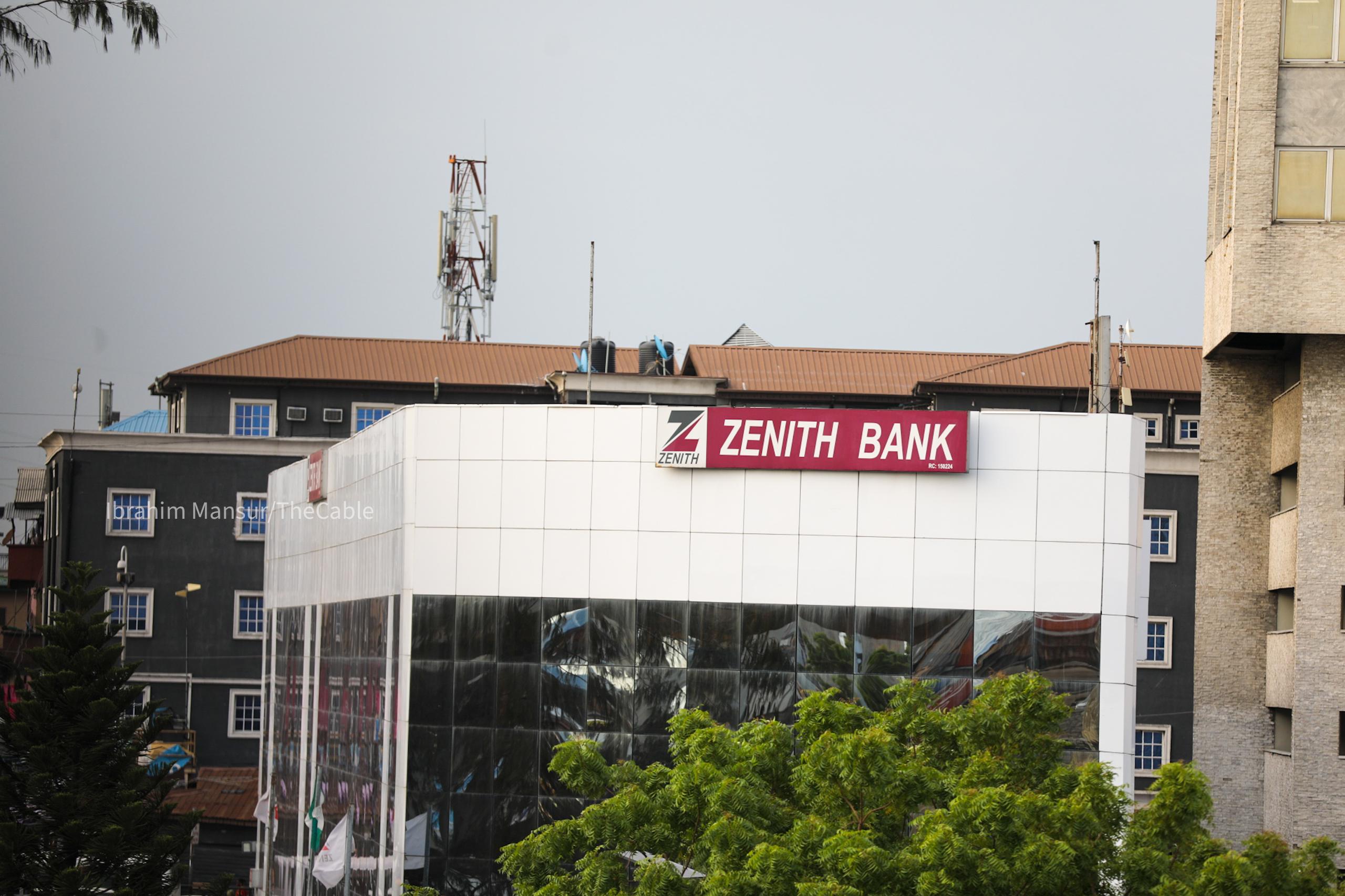Delivery Robots Market Research 2025-2030 | Key
Dublin, June 18, 2025 (GLOBE NEWSWIRE) -- The "Delivery Robots Market by Type (Indoor and Outdoor), Load Carrying Capacity (Up to 10 Kg, More Than 10 Kg to 50 Kg, More Than 50 Kg), Number of Wheels (3 Wheels, 4 Wheels, 6 Wheels), Speed Limit, End-use Industry and Region - Global Forecast to 2030" report has been added to offering.
The delivery robots market is projected to reach USD 3.23 billion by 2030 from USD 795.6 million in 2025 at a CAGR of 32.4% during the forecast period.
The report will help market leaders/new entrants in this market with information on the closest approximations of the revenue numbers for the overall delivery robots market and the subsegments. It will also help stakeholders understand the competitive landscape and gain more insights to better position their businesses and plan suitable go-to-market strategies. The report also helps stakeholders understand the pulse of the market and provides them with information on key market drivers, restraints, challenges, and opportunities.

Advancements in robotics and artificial intelligence (AI) have significantly improved the capabilities of delivery robots. These technologies enable robots to navigate complex urban environments, avoid obstacles, and deliver goods efficiently. Despite the promising benefits, the adoption of delivery robots is hindered by high initial costs and regulatory hurdles. The development and deployment of autonomous delivery robots require significant investment in technology, infrastructure, and compliance with local regulations.
The report profiles key players in the delivery robots market with their respective market ranking analysis. Prominent players profiled in this report are Starship Technologies (US), JD.com, Inc. (China), Panasonic Holdings Corporation (Japan), Relay Robotics, Inc. (US), and Nuro, Inc. (US), Boston Dynamics (US), Eliport (Spain), Kiwibot (US), Alibaba Group Holding Limited (China), and Ottonomy.IO among others.
The retail sector is likely to see the highest growth in delivery robots during the forecast period. This is because there is an increasing demand for convenient, low-cost last-mile delivery solutions, particularly in the grocery and e-commerce sectors. Companies like S Group (Finland) and Amazon (US) are increasingly using autonomous robots to enhance efficiency in deliveries as well as meet customer demands for rapid service. For instance, S Group (Finland) has expanded its robot fleet to over 100 stores, with it having made over 150,000 deliveries, while Amazon (US) continues to incorporate robots into its fulfillment centers in a bid to cut down on its processes.
Load carrying capacity of more than 50 kg robots is used mainly for grocery delivery and heavy parcel delivery demanded by online shoppers. In terms of volume, these robots commanded the market share of ~25% in 2024. China's second-largest online retailer, JD.com, developed a self-driving vehicle named JDX to carry out its last-mile delivery with a load carrying capacity of 300 kg. Another delivery robot that falls into this category is R1, developed by Nuro (US), which is capable of carrying 125 kg of cargo.
Rapid economic development over the past 20 years has motivated China to move from a manufacturing-driven to an innovation-driven economy. Consequently, the Chinese government has been supporting many bold research initiatives to develop and attract highly skilled individuals who will be needed to lead this transition.
JD.com, Inc. (China), one of the prominent e-commerce players in the Chinese market, is planning to spend more than USD 150 million to build an R&D center in collaboration with Xi'an National Civil Aerospace Industrial Base for developing its futuristic smart logistics solution. Delivery robots developed by the company can be used to deliver multiple products owing to their maximum load-carrying capacity of 300 kg, at a speed of 15 KPH. In April 2021, China-based Alibaba Group announced it would deploy 1,000 robots across Chinese university campuses and local communities over the next year to make the process of package deliveries faster and cost-efficient.
| No. of Pages | 252 |
| Forecast Period | 2025 - 2030 |
| Estimated Market Value (USD) in 2025 | $795.6 Million |
| Forecasted Market Value (USD) by 2030 | $3230 Million |
| Compound Annual Growth Rate | 32.4% |
| Regions Covered | Global |
Drivers
Restraints
Opportunities
Challenges
Trends/Disruptions Impacting Customer Business
Case Study Analysis
Key Technologies
Adjacent Technologies
- Piaggio & C. SpA
- Teleretail
- Aethon
- Cleveron AS
- Udelv, Inc.
- Segway Robotics
- Serve Robotics
- Effidence
- ANYbotics
- Neolix Huitong (Beijing) Technology Co. Ltd.
- Beijing Zhen Robotics Co. Ltd.
- TwinswHeel
- Delivers.ai Ltd.
- Shenzhen Reeman Intelligent Equipment Co. Ltd.
- Pudu Technology Inc.
For more information about this report visit https://www.researchandmarkets.com/r/hv9fzo
About ResearchAndMarkets.com
ResearchAndMarkets.com is the world's leading source for international market research reports and market data. We provide you with the latest data on international and regional markets, key industries, the top companies, new products and the latest trends.












